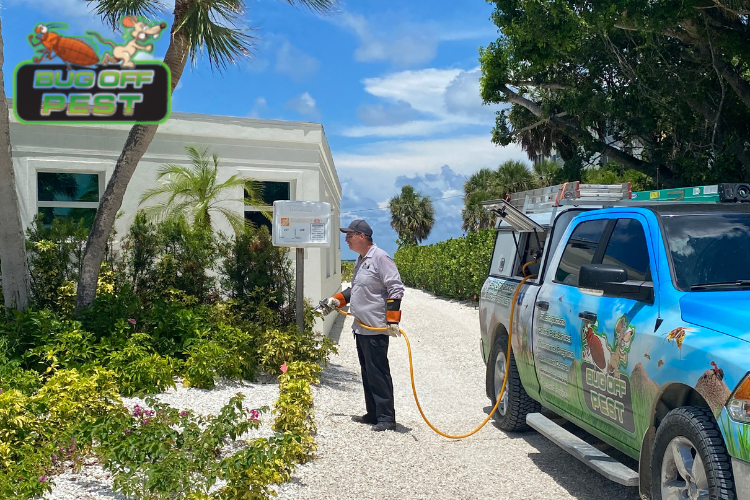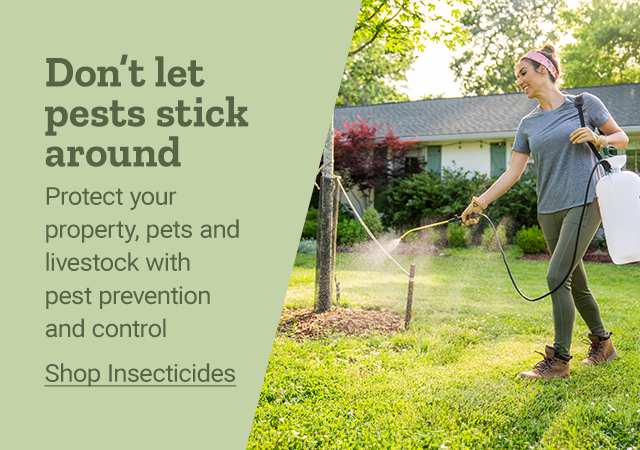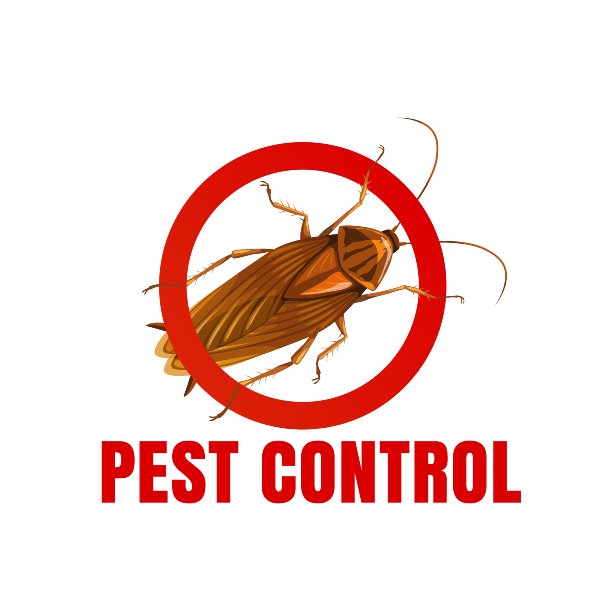Comprehensive Pest Control Services to Protect Your Home in Port Charlotte
Find Out About the Newest Breakthroughs in Insect Control and Exactly How to Carry Out Reliable Therapy Solutions
In current years, the area of bug control has actually witnessed significant advancements, driven by the demand for efficient and sustainable treatment services. Innovative techniques such as Integrated Parasite Administration (IPM) combine green practices with sophisticated innovation, boosting both efficacy and ecological responsibility.
Eco-Friendly Insect Control Options
In the last few years, the demand for environmentally friendly pest control options has surged as services and property owners alike look for lasting alternatives to typical chemical treatments. This shift is driven by growing environmental understanding and a need to reduce the health dangers related to artificial chemicals.

Environment-friendly parasite control methods incorporate an array of approaches that focus on the use of all-natural compounds and techniques. Integrated Bug Monitoring (IPM) is one such strategy, incorporating organic, social, and mechanical techniques to handle bug populations while reducing reliance on chemicals (Wildlife removal services). This holistic technique highlights prevention with environment adjustment and the introduction of all-natural killers, consequently cultivating a well balanced community
Another preferred option is the usage of agricultural chemicals derived from plants, which often tend to be less unsafe to non-target organisms. Products like neem oil and diatomaceous earth have gotten traction for their efficiency in controlling pests while posing marginal threats to human wellness and the atmosphere.
In addition, exemption methods, such as securing entrance factors and keeping cleanliness, play an important function in environmentally friendly insect management. By adopting these sustainable methods, people and organizations can properly manage insects while promoting a much healthier planet for future generations.
Smart Innovation in Bug Administration
Technology is improving the landscape of pest monitoring, with clever technology becoming a crucial force in boosting effectiveness and performance - Wildlife removal services. The integration of Net of Things (IoT) tools, expert system (AI), and information analytics is revolutionizing just how pest control professionals approach invasions
Smart catches outfitted with sensing units can detect parasite task in real-time, sending out immediate notifies to operators. This enables prompt reactions, minimizing damage and reducing the requirement for considerable therapies. Furthermore, AI algorithms examine historical data to predict insect habits, making it possible for positive interventions based upon ecological problems and problem patterns.
Drones and automated cars are likewise playing a significant duty in parasite monitoring, offering airborne analyses of big locations, identifying hotspots, and even dispersing targeted therapies. These technologies not only improve procedures however also improve safety by limiting human direct exposure to possibly hazardous chemicals.
Moreover, mobile applications equip customers to keep track of parasite task and accessibility specialist recommendations, promoting a joint method to pest administration. In general, the fostering of smart innovation is setting a new standard in bug control, highlighting data-driven decisions and lasting methods that eventually profit both home owners and experts alike.
Integrated Insect Management Approaches
Integrated Bug Administration (IPM) employs an all natural strategy to pest control, integrating different approaches to efficiently manage bug populations while decreasing threats to human health residential pest control near me and wellness and the setting. IPM rotates around understanding the pest life cycle, their natural enemies, and the ecosystem in which they prosper.
One of the basic components of IPM is monitoring pest populations via routine examinations and data collection. This permits the identification of insect thresholds, figuring out when treatment is essential. Social practices, such as crop environment, rotation, and sanitation manipulation, are necessary in reducing pest prevalence and advertising plant wellness.
Mechanical controls, including traps and barriers, are also crucial in IPM. These approaches can literally remove or prevent bugs without using chemicals. When essential, the wise application of chemical controls is employed, focusing on targeted treatments that minimize environmental influence.
Education and learning and cooperation among stakeholders, including farmers, bug control professionals, and the community, are essential for the effective application of IPM approaches. By focusing on sustainable practices, IPM not just addresses pest issues however also cultivates a much healthier environment.
Biological Control Methods
Countless organic control methods are increasingly identified for their effectiveness in taking care of bug populations while advertising ecological equilibrium. These strategies harness natural predators, bloodsuckers, and pathogens to lower pest numbers without relying upon artificial chemicals. The introduction of ladybugs can properly control aphid populaces, while nematodes target soil-dwelling insect larvae.
Furthermore, using microbial pesticides, such as Bacillus thuringiensis (Bt), gives an eco-friendly option for managing caterpillar bugs. These products particularly target pest types, reducing injury to helpful pests and pollinators. Moreover, preservation biological control highlights boosting habitats for natural adversaries, such as birds and advantageous bugs, therefore encouraging their existence in farming systems.
Research study continues to expose ingenious strategies within this field, such as using pheromones to interrupt pest breeding patterns or the growth of biocontrol agents with hereditary design. Implementing these techniques can lead to sustainable bug management methods that minimize the dependence on chemical interventions, eventually cultivating much healthier ecosystems. As recognition of these methods expands, they are ending up being essential components of integrated parasite monitoring (IPM) approaches, using a balance between efficient bug control and environmental stewardship.
Do It Yourself Parasite Control Solutions
As home owners look for reliable means to take on parasite problems, do it yourself bug control solutions have acquired appeal for their access and cost-effectiveness. These methods equip people to attend to problems utilizing conveniently offered products and methods, frequently without the requirement for professional treatment.

In addition, More hints maintaining correct cleanliness and normal inspections can avoid parasite entry and nesting (Wildlife removal services). Easy methods, such as sealing cracks, eliminating food sources, and decluttering, can significantly decrease insect populaces. Traps, both homemade and readily available, can likewise offer reliable remedies for surveillance and managing details parasites like bugs or rats

Conclusion
The assimilation of eco-friendly pest control choices, clever innovation, and innovative management approaches presents a comprehensive method to efficient bug monitoring. By embracing Integrated Pest Management (IPM) and utilizing biological control approaches, along with Do it yourself remedies, responsible and sustainable pest control can be attained.
Eco-friendly insect control approaches incorporate a variety of techniques that focus on the use of all-natural compounds and methods. Integrated Pest Management (IPM) is one such approach, combining biological, cultural, and mechanical methods to handle pest populations while lowering dependence on chemicals. As awareness of these techniques grows, they are ending up being integral components of incorporated parasite management (IPM) strategies, offering an equilibrium in between efficient insect control and ecological stewardship.
The combination of helpful hints green insect control options, clever innovation, and innovative administration strategies provides an extensive technique to effective pest management. By accepting Integrated Pest Monitoring (IPM) and utilizing biological control methods, alongside DIY remedies, responsible and lasting pest control can be attained.